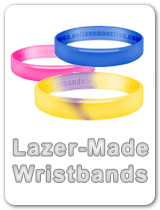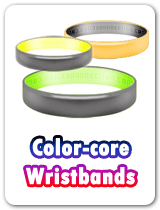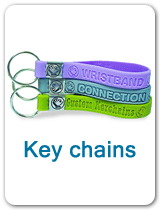VULCANIZED RUBBER :
- In 1736 more than a few rolled sheets of rubber were sent to France where it enthralled those who saw it. In 1791, an Englishman named Samuel Peal found a means of waterproofing cloth by mixing rubber with turpentine
- English inventor and scientist, Joseph Priestly, got his hands on some rubber and appreciated it could be used to erase pencil marks on sheets of paper.
- Charles Goodyear, an American whose name graces the wear out fewer than millions of automobiles, is credited with the modern form of rubber.
- Prior to 1839, rubber was subject to the conditions of the weather. If the weather was hot and sultry, so was the rubber. In cold weather it became fragile and hard. Goodyear's recipe, a process called vulcanization, was discovered when a mixture of rubber, lead and sulfur were by accident dropped onto a hot stove.
- The outcome was a matter that wasn't affected by weather, and which would snap back to its unique form if stretched. The process was cultured and the uses for rubber materials increased as well.
- This new rubber was anti to water and chemical interactions and did not conduct electricity, so it was apt for a variety of products. The process of making the rubber product enhanced as time went by and now a variety of chemicals are added before the mix is poured into molds, heated and cured under pressure.
- An Englishman named Sir Henry Wickham collected roughly about seventy thousand rubber tree seeds in Brazil in 1876 and took them to the East Indies where he commenced rubber plantations.
- In 1877 an American named Chapman Mitchell learned to reprocess used rubber into new products.
- Nowadays about three quarters of the rubber in fabrication is a synthetic product made from crude oil. World War II cut the United States off from rubber supplies wide-reaching, and they stepped up manufacture of synthetic rubber for use in the war endeavor.
- There are roughly about 20 grades of synthetic rubber and the planned end use decides selection. In common,to make synthetic rubber, byproducts of petroleum refining known as butadiene and styrene are combined in a reactor containing soap suds.
- The latex is gelatinous from the liquid and results in rubber "crumbs" that are bought by producers and melted into numerous products.
- There is only one type of natural rubber. As the rubber plant only thrives in hot, damp regions near the equator, so 90% of true rubber production today happens in the Southeast Asian countries of Malaysia and Thailand and in Indonesia.
- Indonesia's making has dropped in recent years and novel plantations were started in Africa to take up the slack.
MODERN RUBBER :



